#mantua
Text

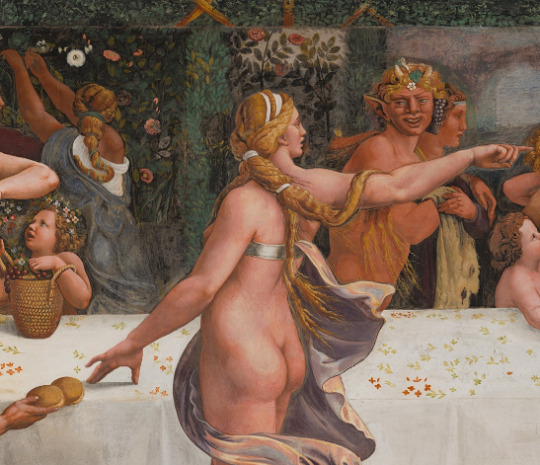

Details from the room of Cupid and Psyche in Palazzo Te, Giulio Romano, 1526-28
#art history#art#italian art#aesthethic#greek mythology#ancient greece#roman mythology#giulio romano#frescoes#palazzo te#mantua#mantova#cupid#psyche#cupid and psyche#zeus#olympias#banquet#bacchanalia#faun#16th century#rinascimento
447 notes
·
View notes
Text
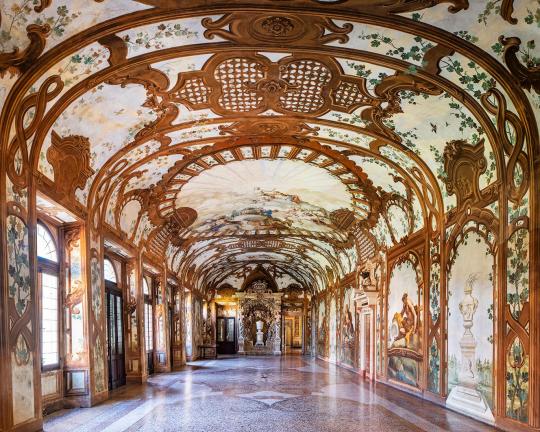
Palazzo Ducale di Mantova, Mantua, Lombardy, Italy,
Reinhard Görner Photography
#art#design#architecture#history#luxury lifestyle#style#luxury house#interior design#luury home#interiors#palace#palazzo#palazzo ducale#mantova#italy#lombardy#mantua#old castle#reinhard gorner
431 notes
·
View notes
Text


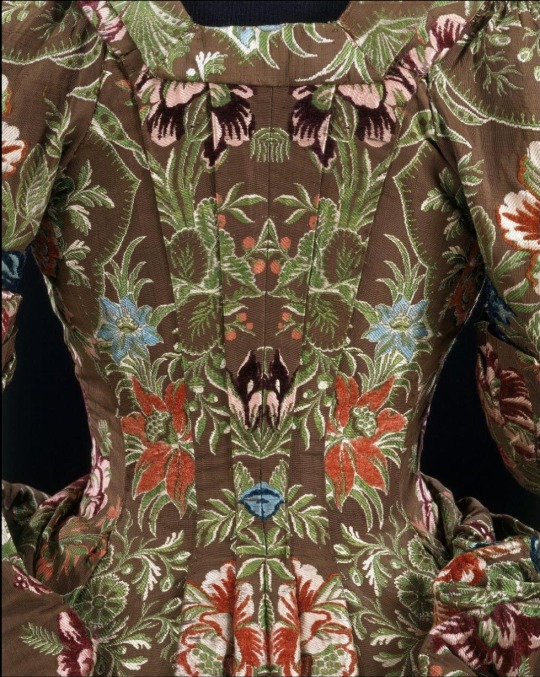



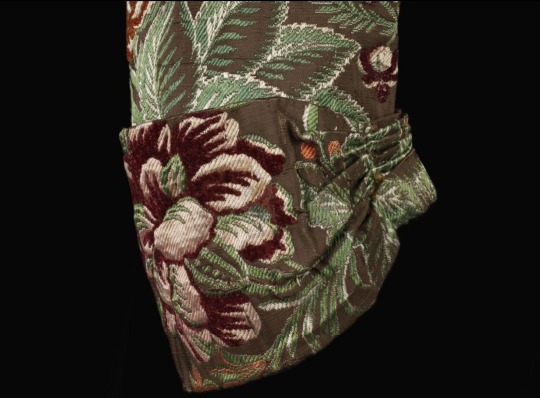
A woman's mantua and petticoat, British, 1735-1740, brown silk, brocaded in floral design with rust, maroon, blue floss and chenille, Spitalfields, c1732; altered 1870-1910
#18th century#18th century fashion#spitalfields silk#fashion history#historical fashion#mantua#1730s#1730s fashion#silk
155 notes
·
View notes
Photo

Mantua
c.1709-1710
England or the Netherlands
Royal Ontario Museum (Object number: 973.214)
#mantua#fashion history#historical fashion#1700s#1710s#stuart#stuart era#18th century#gold#blue#silk#damask#england#the netherlands#royal ontario museum
309 notes
·
View notes
Photo

Mantua, Italy (by Andreas Binder)
498 notes
·
View notes
Text
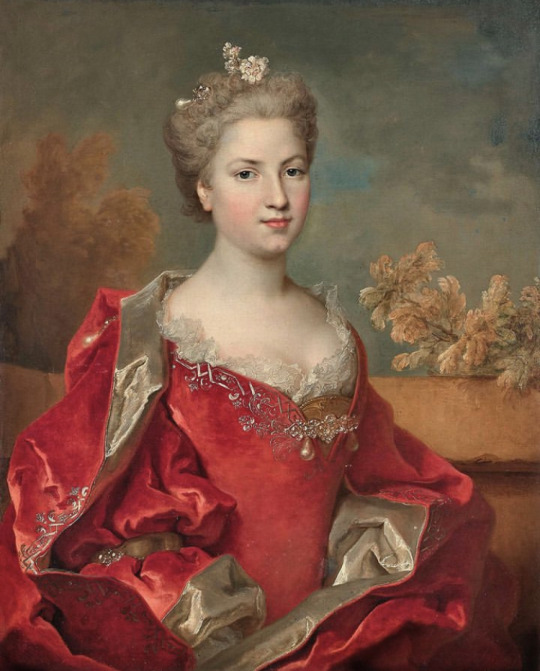
Nicolas de Largillière
203 notes
·
View notes
Photo
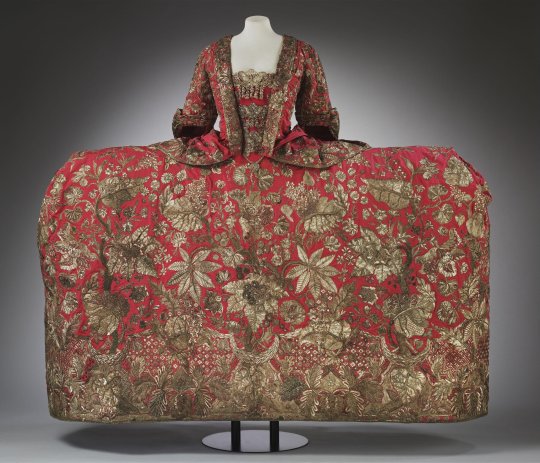




1740-1745 (embroidery), 1740-1745 (sewing), 1920s (altered) Woman's court mantua with petticoat and stomacher (England)
silk, linen, silk thread, linen thread, 14 types of silver thread, silver strip, silver frisé, silver spangles
(Victoria and Albert Museum)
426 notes
·
View notes
Text

Thank you for the picture Nelya!
IG extrascharff - 23rd September 2023
Mantua - we made it!

22 notes
·
View notes
Text
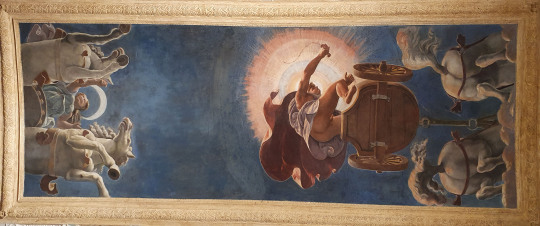
5th room at
Mantua, Palazzo Te (Gonzaga's summer residence), Camera del Sole e della Luna (Chamber of the Sun and the Moon): ceiling representing the chariots of the Sun and of the Moon, driven by Diana and Apollo. Fresco based on Giulio Romano's project and painted by Francesco Primaticcio in 1527 - 1528.
#italian artist#italian#classic art#renaissance#painting#chariot#mantua#apollo#deities#greek mythology#greek gods#ancient greece
8 notes
·
View notes
Photo

Alexander the Great, detail of the frescoes in the Chamber of the Emperors, Palazzo Te, Mantua, Italy
Giulio Romano, c. 1530-31
Source: Palazzo Te
#art#artwork#art history#painting#fresco#Italian art#Giulio Romano#Palazzo Te#Palazzo del te#mantova#mantua#Italy#Italia#art detail#art details#detail#renaissance#mannerism#alexander#alexander the great#men in art#chamber of the emperors#camera degli imperatori
80 notes
·
View notes
Text
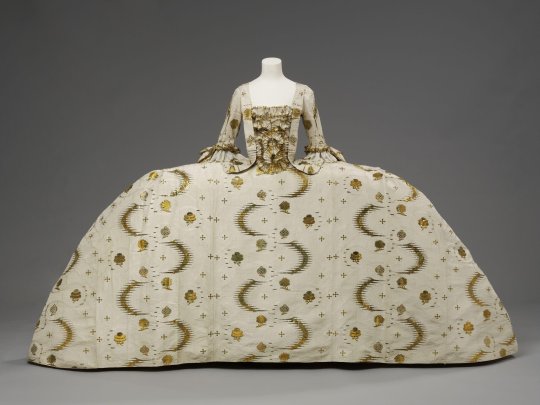

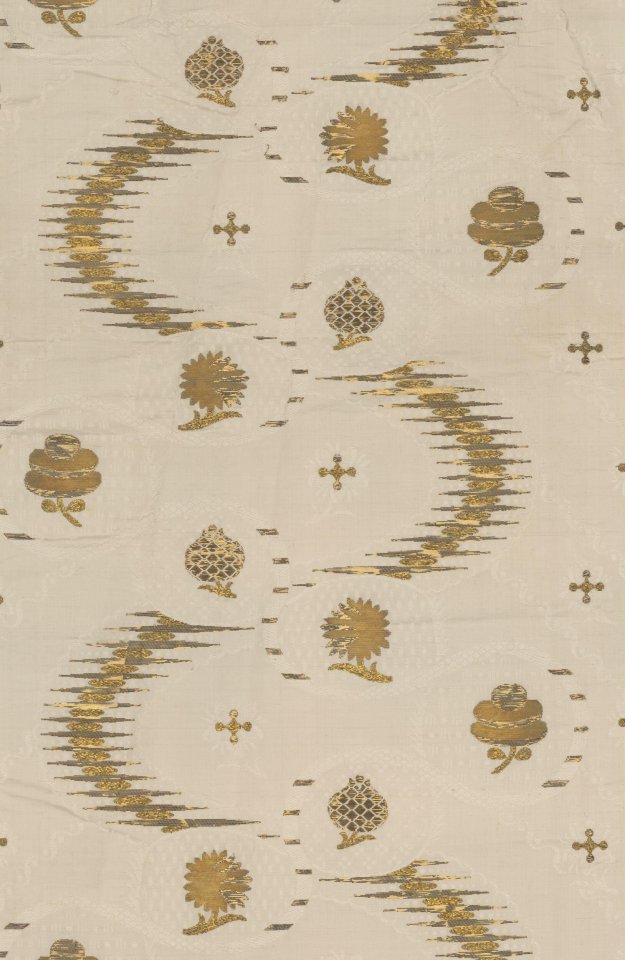

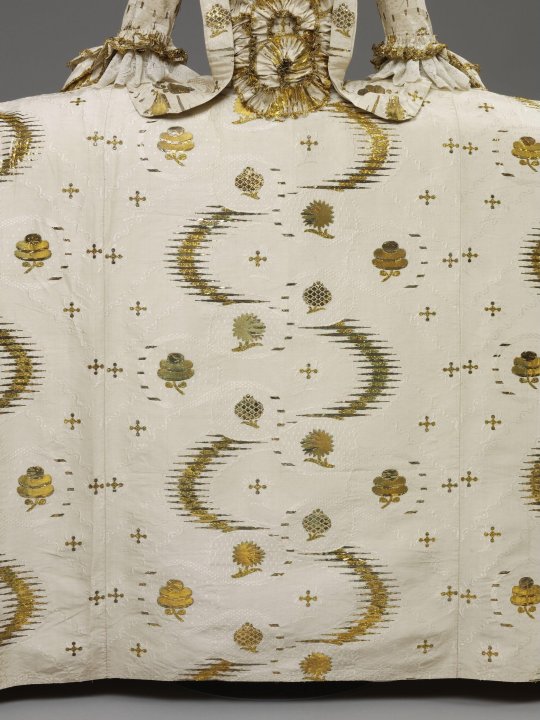


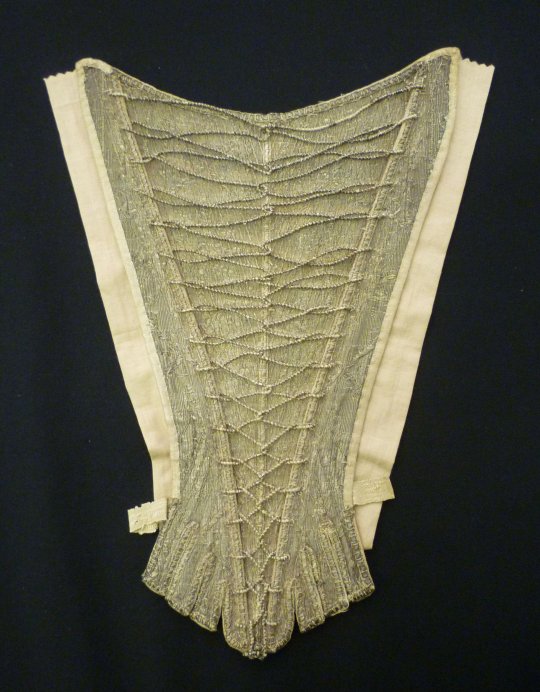

Mantua and petticoat of French silk, brocaded with silver-gilt threads, made in England, 1755-60 of French silk, 1753-55.
#v&a museum#victoria and albert museum#18th century fashion#18th century#1700s fashion#1700s#court dress#court fashion#french silk#mantua#petticoats#stomacher#english fashion#english court fashion#english court#i want to wear this#just once pls#i promise ill be careful
253 notes
·
View notes
Text


Details from the room of Cupid and Psyche in Palazzo Te, Giulio Romano, 1526-28
#art history#art#italian art#aesthethic#painting#16th century#greek mythology#ancient greece#roman mythology#palazzo te#mantova#mantua#giulio romano#cupid#love#psyche#love and psyche#putti#satyr
69 notes
·
View notes
Text

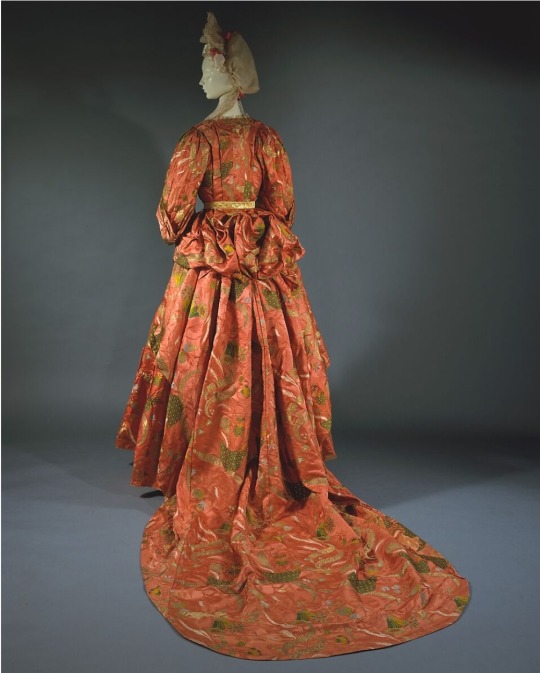




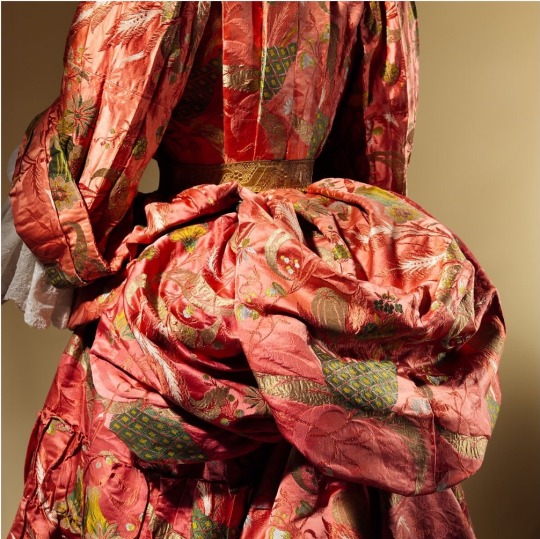

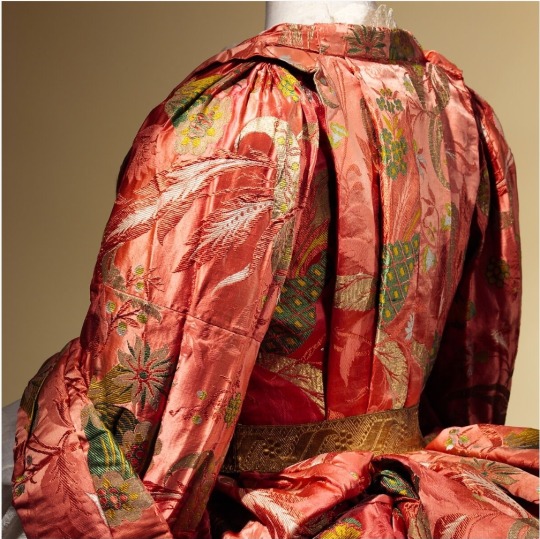
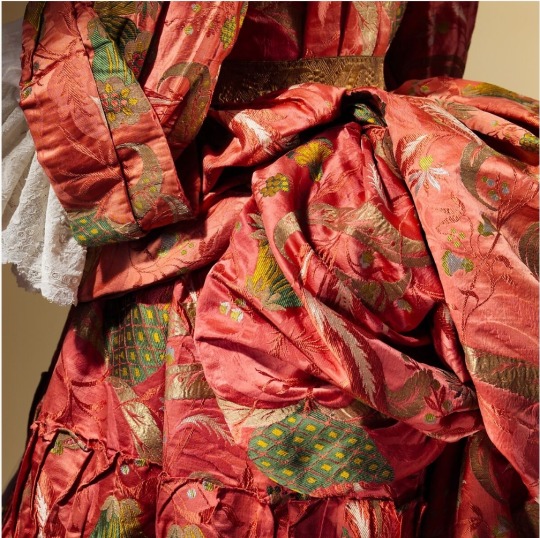
The Met
The late 1670s saw a new development in the style of women's dress that would have a far-reaching effect throughout the following century. The stiff constricting boned bodice-and-skirt style previously worn by women was now replaced with the mantua, a more loosely draped style of gown. The mantua was thought to display silk designs to their best advantage, as they were draped rather than cut; as such, it is believed the garment was named after Mantua in Italy, where expensive silks were produced. However, it has also been suggested that the name derives from manteau, the French term for a coat.
The mantua was a coatlike construction, with sleeves cut in one piece with the back and front. It was pleated at the shoulders and fell to the waist, where it was held in place by a sash. From there it was folded back into a bustle shape and worn over a matching petticoat. As the style evolved, the pleats at the front were reduced in number and the bodice was opened, with the torso now covered by a stiffened piece of fabric in the form of an inverted triangle, tapering into a narrow waist. This piece of fabric was known as a stomacher. Early examples are often intricately embroidered. While these gowns appear quite substantial, they were actually precariously fastened with pins to hold the stomacher in place.
Originally an informal style, and banned for its informality from the French court by Louis XIV, the mantua gradually became acceptable as formal dress and remained a popular choice for court dress in England until the mid-century. Its popularity was such that dressmakers were referred to as mantua-makers.
Title: Mantua
Date: ca. 1708
Culture: British
Medium: silk, metal
45 notes
·
View notes
Video
Innocent Homeowner Calls 911 to Report Burglary, Cops Show Up and Execute Him
“Less than 5 seconds elapsed between when the Officer stepped out of his police vehicle and when he began firing."
Full Story: https://thefreethoughtproject.com/cop-watch/watch-innocent-homeowner-calls-911-to-report-burglary-cops-show-up-and-execute-him
29 notes
·
View notes
Text

Beige Floral Silk Court Mantua Dress, 1750-1770, British.
National Museums Scotland.
#18th century#silk#extant garments#womenswear#dress#mantua#court dress#british#britain#1750#1750s#1760s#1750s britain#1760s britain#floral#national museums scotland#1750s dress#1760s dress#1750s extant garment#1760s extant garment
22 notes
·
View notes
Photo

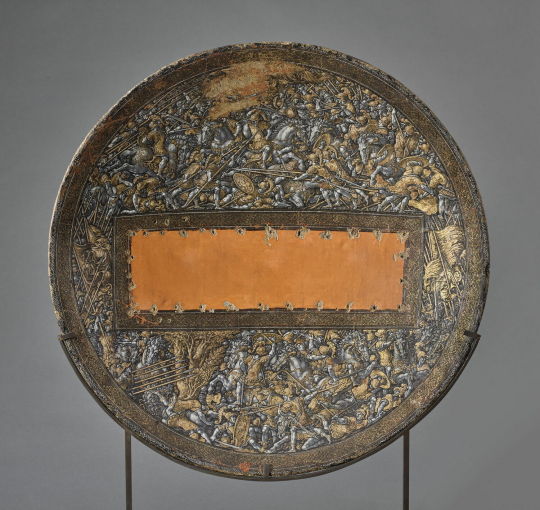
A beutful Rotella painted with scenes of combat, attributed to Giulio Romano,
Diameter: 24.4 in/62 cm
Mantua, Italy, ca. 1530, housed at the Musée du Louvre.
#armor#armour#weapons#shield#rotella#europe#european#italy#italian#mantua#renaissance#musee du louvre#art#history
167 notes
·
View notes